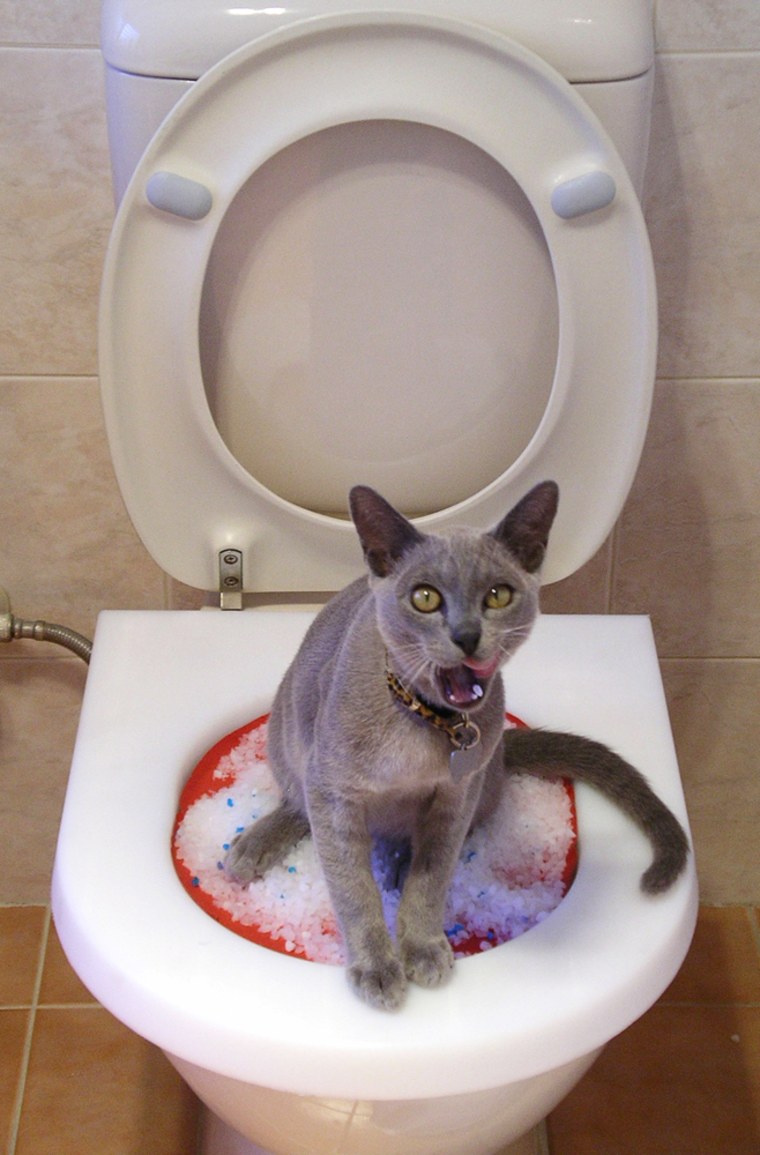Prevent Plumbing Problems: Never Flush Cat Poop Down Your Toilet - Professional Guidance
Prevent Plumbing Problems: Never Flush Cat Poop Down Your Toilet - Professional Guidance
Blog Article
They are making a number of great points on Can You Flush Cat Poo or Litter Down the Toilet? as a whole in the content down below.

Introduction
As pet cat owners, it's vital to be mindful of just how we get rid of our feline buddies' waste. While it might seem hassle-free to flush pet cat poop down the toilet, this technique can have detrimental repercussions for both the environment and human health and wellness.
Ecological Impact
Flushing feline poop introduces damaging pathogens and bloodsuckers right into the supply of water, posturing a significant danger to marine communities. These pollutants can adversely impact aquatic life and compromise water high quality.
Wellness Risks
In addition to environmental problems, flushing cat waste can likewise posture health dangers to human beings. Feline feces might have Toxoplasma gondii, a parasite that can trigger toxoplasmosis-- a possibly extreme illness, especially for expecting females and people with weakened immune systems.
Alternatives to Flushing
The good news is, there are safer and much more accountable means to dispose of cat poop. Think about the complying with choices:
1. Scoop and Dispose in Trash
One of the most usual method of throwing away pet cat poop is to scoop it right into a biodegradable bag and throw it in the trash. Be sure to use a devoted trash scoop and throw away the waste without delay.
2. Usage Biodegradable Litter
Go with biodegradable cat litter made from products such as corn or wheat. These clutters are eco-friendly and can be securely taken care of in the garbage.
3. Hide in the Yard
If you have a lawn, think about hiding pet cat waste in a marked location far from veggie yards and water sources. Be sure to dig deep adequate to prevent contamination of groundwater.
4. Set Up a Pet Waste Disposal System
Invest in a family pet garbage disposal system particularly developed for cat waste. These systems use enzymes to break down the waste, lowering smell and ecological impact.
Conclusion
Liable pet ownership extends beyond supplying food and sanctuary-- it additionally includes appropriate waste management. By refraining from flushing cat poop down the commode and opting for different disposal approaches, we can reduce our environmental impact and secure human health and wellness.
Why Can’t I Flush Cat Poop?
It Spreads a Parasite
Cats are frequently infected with a parasite called toxoplasma gondii. The parasite causes an infection called toxoplasmosis. It is usually harmless to cats. The parasite only uses cat poop as a host for its eggs. Otherwise, the cat’s immune system usually keeps the infection at low enough levels to maintain its own health. But it does not stop the develop of eggs. These eggs are tiny and surprisingly tough. They may survive for a year before they begin to grow. But that’s the problem.
Our wastewater system is not designed to deal with toxoplasmosis eggs. Instead, most eggs will flush from your toilet into sewers and wastewater management plants. After the sewage is treated for many other harmful things in it, it is typically released into local rivers, lakes, or oceans. Here, the toxoplasmosis eggs can find new hosts, including starfish, crabs, otters, and many other wildlife. For many, this is a significant risk to their health. Toxoplasmosis can also end up infecting water sources that are important for agriculture, which means our deer, pigs, and sheep can get infected too.
Is There Risk to Humans?
There can be a risk to human life from flushing cat poop down the toilet. If you do so, the parasites from your cat’s poop can end up in shellfish, game animals, or livestock. If this meat is then served raw or undercooked, the people who eat it can get sick.
In fact, according to the CDC, 40 million people in the United States are infected with toxoplasma gondii. They get it from exposure to infected seafood, or from some kind of cat poop contamination, like drinking from a stream that is contaminated or touching anything that has come into contact with cat poop. That includes just cleaning a cat litter box.
Most people who get infected with these parasites will not develop any symptoms. However, for pregnant women or for those with compromised immune systems, the parasite can cause severe health problems.
How to Handle Cat Poop
The best way to handle cat poop is actually to clean the box more often. The eggs that the parasite sheds will not become active until one to five days after the cat poops. That means that if you clean daily, you’re much less likely to come into direct contact with infectious eggs.
That said, always dispose of cat poop in the garbage and not down the toilet. Wash your hands before and after you clean the litter box, and bring the bag of poop right outside to your garbage bins.
https://trenchlesssolutionsusa.com/why-cant-i-flush-cat-poop/

Do you enjoy reading up on How to Dispose of Cat Poop and Litter Without Plastic Bags? Place a remark below. We would be pleased to know your thinking about this page. We hope to see you back again soon. Loved our write-up? Please share it. Help others check it out. Thank-you for taking the time to read it.
Schedule Appointment Report this page